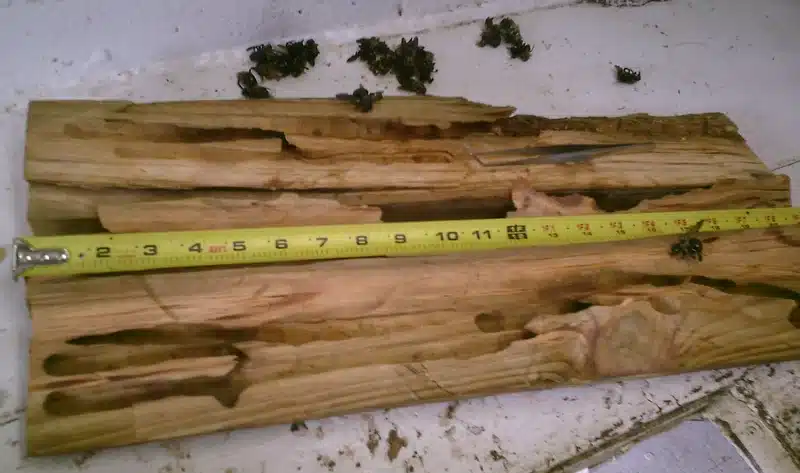Discovering small, perfectly round holes in your deck or seeing coarse sawdust beneath your home’s wooden trim can signal serious trouble ahead. Carpenter bee damage starts small but can weaken structures over years of repeated tunneling. As a registered technician working in our family’s pest control business for over 50 years in the DMV area, I’ve seen how quickly minor bee holes transform into costly structural repairs.
Eastern carpenter bees become active in early spring around mid-April, with females boring into wood to create nests for their young. Unlike bumble bees or honey bees that live in colonies, these solitary bees work alone but return to the same areas year after year. This pattern of reuse makes carpenter bee damage compound dramatically over time.
Understanding Carpenter Bee Damage and Biology
Eastern carpenter bees (Xylocopa virginica) dominate the Mid-Atlantic region and differ significantly from other types of bees. While bumble bees are fuzzy and nest in the ground, carpenter bees have shiny black abdomens and bore into wood. Male carpenter bees patrol territories aggressively but cannot sting, while female carpenter bees do the actual damage by excavating tunnels.
The female carpenter bee’s lifecycle revolves around gallery excavation. She chews a tunnel perpendicular to the wood grain, then turns at a right angle to follow the grain. Inside these tunnels, she creates brood cells separated by sawdust and pollen plugs, where larvae develop into adult bees.
What does research tell us?
According to University of Maryland Extension, carpenter bees are solitary insects that prefer unpainted softwoods. Unlike social insects, each female works independently to establish her nest. However, bees may return to successful nesting sites repeatedly, causing extensive damage over multiple generations.
Carpenter Bee Gallery Structure: Tunnel Depth and Design
The entry hole appears perfectly round and measures about ½ inch in diameter. From my experience inspecting hundreds of infestations, these holes look like someone drilled them with a power tool. Fresh holes often have coarse sawdust piles directly beneath them.
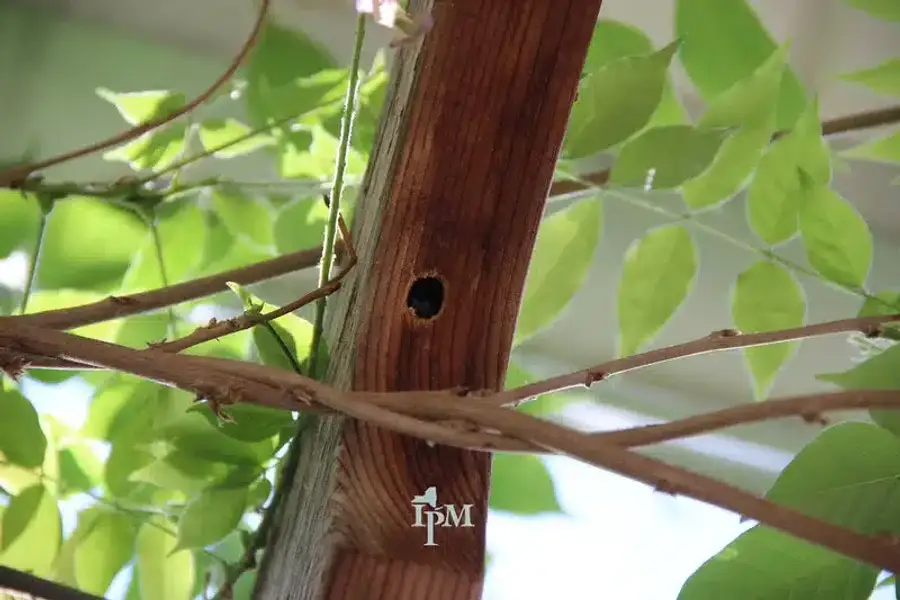
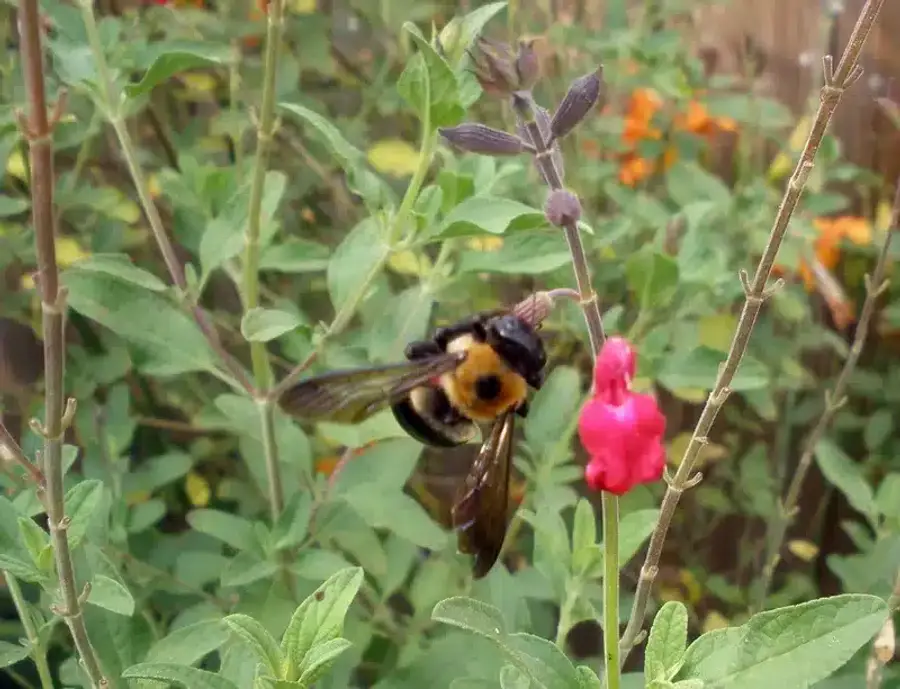

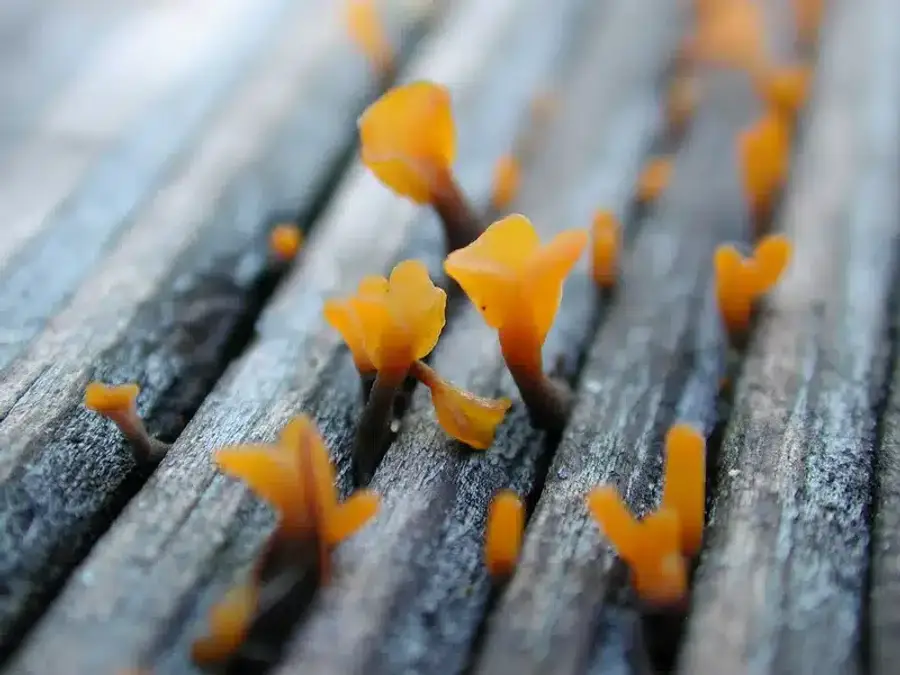
Gallery dimensions
Carpenter bees bore approximately 2-4 cm perpendicular to the grain of the wood, then make a sharp right turn. Ohio State University research shows individual tunnel lengths average 12-31 cm, but old tunnels that get reused can extend for several feet.
In severe cases, I’ve discovered gallery systems reaching up to 10 feet long. Eastern carpenter bees create these extensive networks by lengthening existing tunnels rather than starting fresh holes. This reuse behavior explains why carpenter bee problems get worse each year without intervention.
How Carpenter Bee Damage Progresses Over Time
Structural Weakening from Galleries
Each female carpenter bee removes approximately 140 cubic millimeters of wood fiber per tunnel. While this sounds minimal, the cumulative effect becomes serious when dozens of overlapping galleries affect the same beam or post.
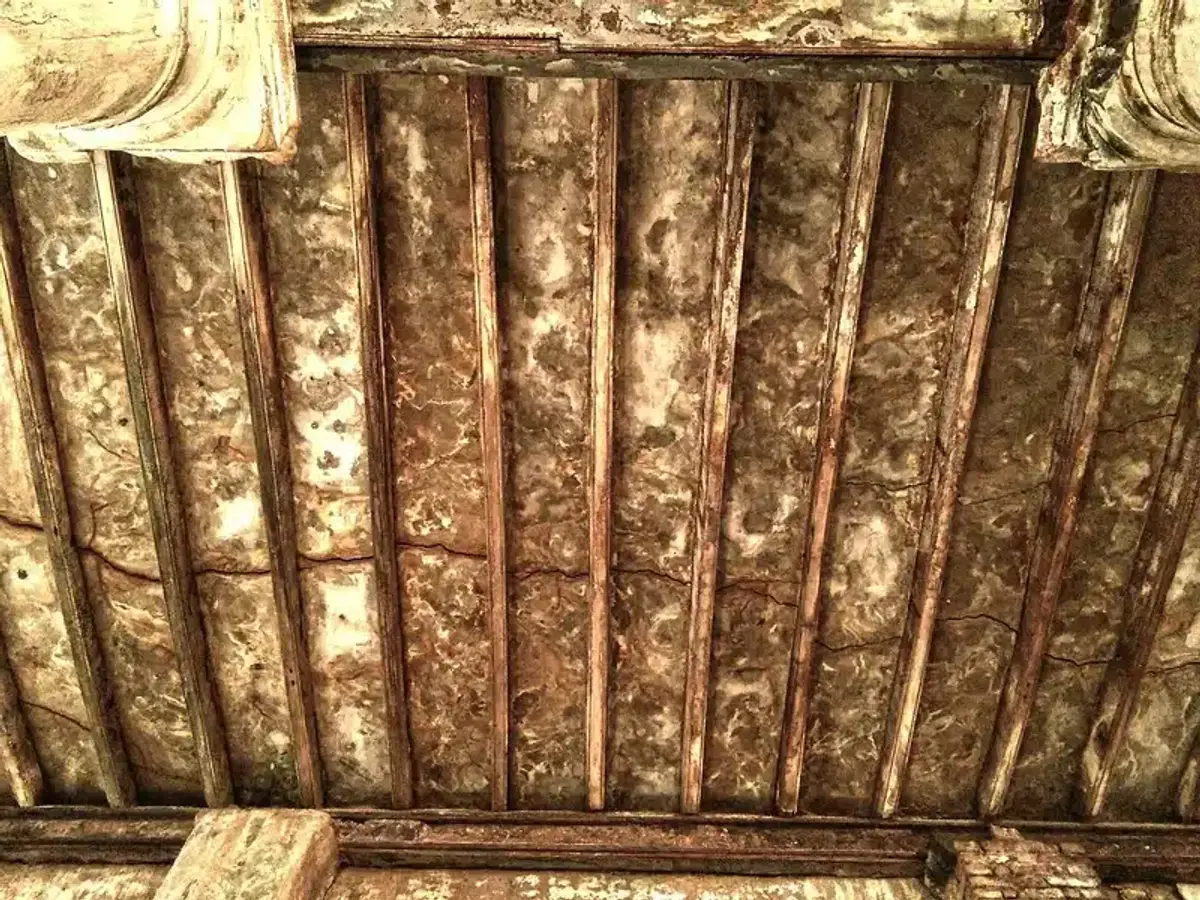
Stress concentration research
Carpenter bee holes create stress concentration points that weaken wood beyond the actual volume removed. Research using CT imaging shows 30-50% higher tensile stress around nest entrances. Structural damage often begins at these circular holes when load is applied.
Progressive Damage Alert
Compound damage occurs as bees extend old tunnels each season. Gallery extensions average 6-15 cm annually, and Ohio State documents single galleries reaching approximately 10 feet after years of reuse. This progressive tunneling into wood eventually compromises structural integrity.
Moisture Infiltration and Fungal Decay
Bee holes act as entry points for rainwater, creating moisture problems inside the wood. This infiltration accelerates decay and enables mold growth around nest entrances. In humid DMV conditions, brown-rot fungi can establish within two years on affected pine.


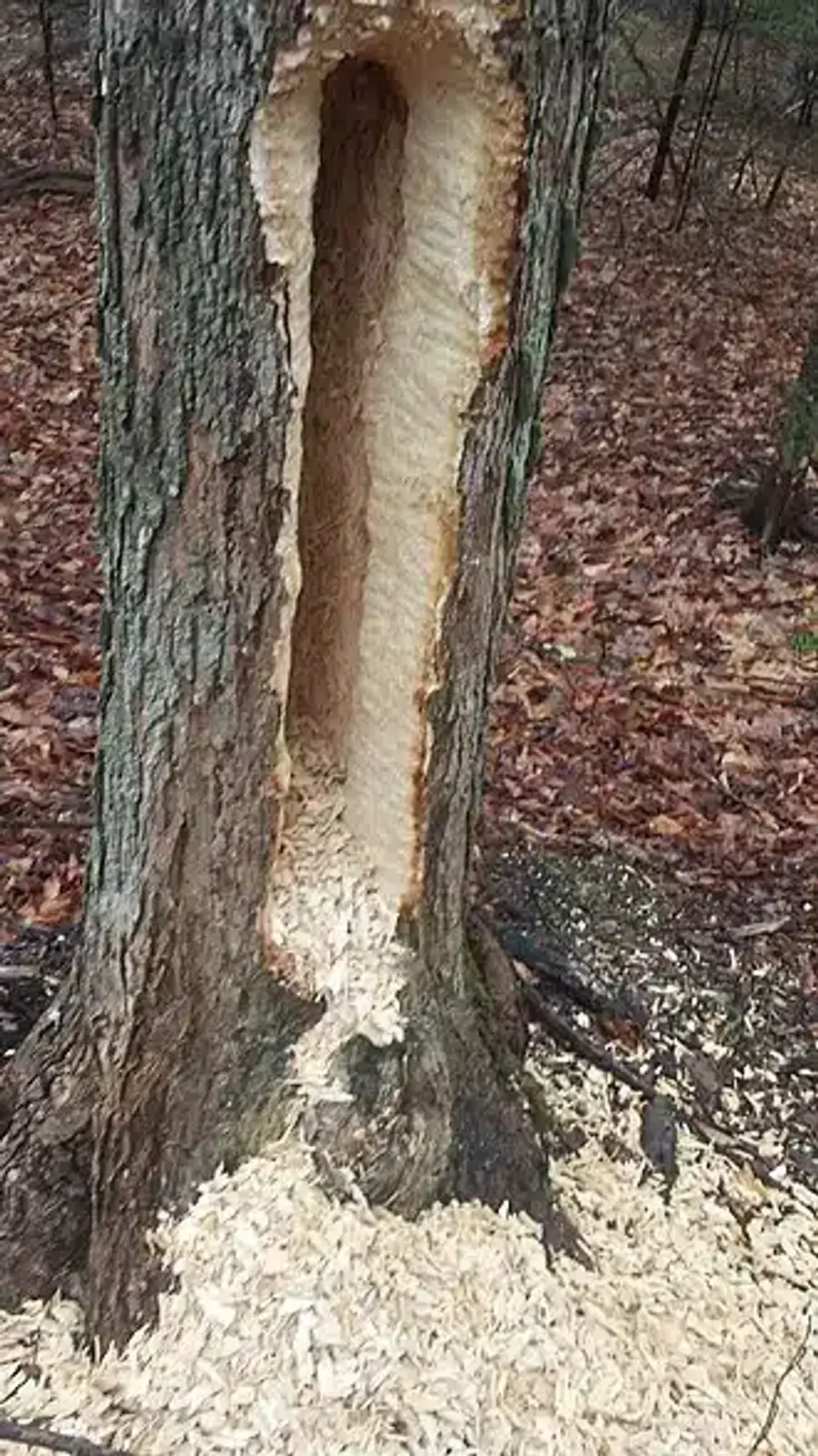
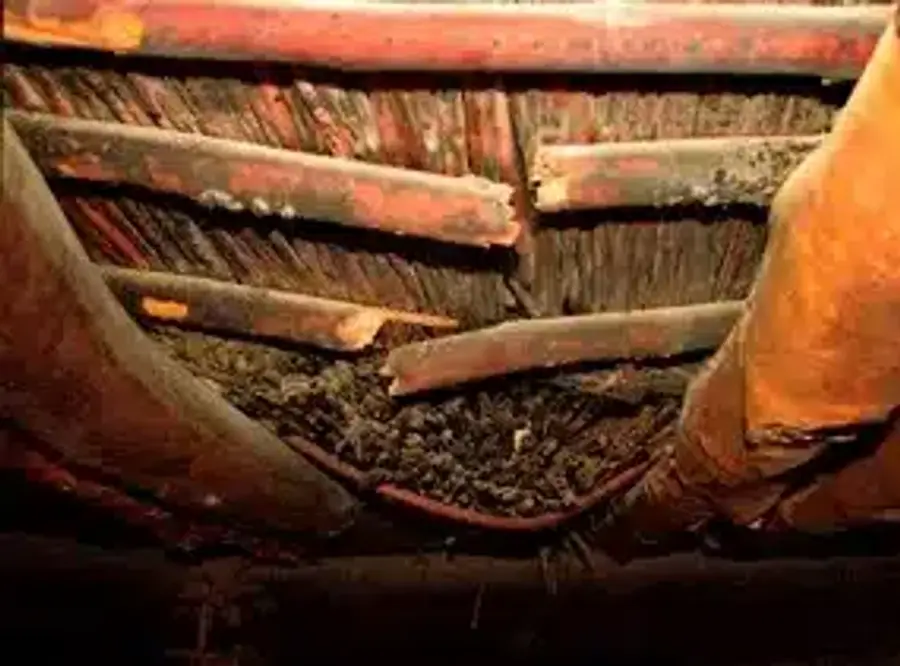
Weathered wood around holes develops checks and cracks from freeze-thaw cycles. These splits propagate outward from the initial circular opening, further compromising structural integrity. Additionally, moisture infiltration through holes can cause structural damage beyond what the tunnels alone create.
Vulnerable Wood Types and Surfaces to Carpenter Bee Damage
Untreated wood faces the highest risk, especially unpainted softwoods like eastern white pine, cedar, cypress, and construction-grade lumber. Unfinished wood on decks, pergolas, and wooden structures attracts carpenter bees consistently.
What attracts carpenter bees?
Carpenter bees are attracted to:
- Unpainted or unstained wood surfaces
- Weathered wood with existing defects
- Dead wood or partially rotted areas
- End-grain cuts and nail holes that provide starting points
Painted wood receives significantly less attention from carpenter bees. Vinyl, aluminum, and composite materials remain virtually immune to infestation. Structural wood members like floor joists and wall studs typically have some protection from paint or treatment.
In contrast, bumble bee nests appear in the ground rather than wood, making them easy to distinguish from carpenter bee activity. The key difference lies in nesting behavior and damage patterns.
Secondary Damage from Woodpeckers and Moisture
Woodpecker activity often follows carpenter bee infestations. These birds detect bee larvae inside tunnels and chisel away wood to reach them. What starts as a ½-inch bee hole can become a 2-inch gouge after woodpecker foraging.
Moisture infiltration accelerates once holes penetrate the wood surface. Rainwater enters the gallery system, creating perfect conditions for fungal decay. This secondary damage can exceed the original tunneling impact, especially on horizontal surfaces like deck rails.
Empty galleries also attract other insects over time. Solitary wasps and ants frequently colonize abandoned carpenter bee tunnels, expanding the void network. These secondary occupants rarely cause additional structural damage but indicate ongoing pest problems.
Distinguishing Cosmetic vs Structural Carpenter Bee Damage
Surface-level indicators include fresh sawdust, yellow pollen deposits, and brown stain streaks beneath holes. These cosmetic signs suggest active carpenter bee nesting but may not yet threaten structural integrity.
Structural Damage Warning
Serious damage becomes apparent when wooden structures sag, crack, or feel spongy underfoot. Deck rails that wobble, fascia boards that separate from the roofline, or pergola posts with visible splits indicate structural damage requiring immediate attention.
Carpenter bee stain patterns help assess infestation age and severity. Fresh holes produce light-colored frass, while older nests create dark brown streaks from accumulated pollen and excrement. Much damage occurs invisibly inside the wood before external symptoms appear.
For detailed guidance on identifying these warning signs, our carpenter bee holes guide explains what to look for during inspection.
Assessing When to Repair vs Replace Wood After Carpenter Bee Damage
Non-structural trim and siding can often be repaired if bee holes cover 15% or less of the board width. Caulk and wood putty fill smaller voids effectively, while putty compounds work well for ¾-inch holes or less.
Replacement Criteria
Structural members require replacement when galleries remove more than one-eighth of the cross-section. Any through-thickness perforation in load-bearing wood warrants replacement rather than repair. Floor joists, deck posts, and roof supports fall into this category.
Professional evaluation helps determine repair versus replacement decisions. Resistance drilling, borescope inspection through existing holes, and stress-wave timing can reveal hidden gallery networks. Our termite inspection methods use similar techniques to assess wood integrity.
Cost Implications of Extensive Carpenter Bee Damage
Labor costs escalate when damage affects hard-to-reach areas like eaves, dormers, or second-story trim. Scaffolding rental and access equipment can double project expenses compared to ground-level repairs.
Finish restoration represents another significant cost factor. Matching historic trim profiles, custom millwork, and multiple paint coats add up quickly. Extensive damage to decorative elements often costs more to restore than replace.
Important Cost Consideration
Insurance coverage typically excludes pest damage, making carpenter bee repairs an out-of-pocket expense. Early intervention prevents extensive damage costs while problems remain manageable. Understanding exterminator pricing helps budget for both treatment and repair expenses.
Prevention Methods: Preventing Carpenter Bee Damage through Wood Treatment
Prime and two-coat exterior paint provides excellent protection against carpenter bee attack. High-build film-forming stain offers similar protection while allowing wood grain to show through. Both coatings need maintenance every 5-7 years in DMV climate conditions.
Borate diffusion pretreatment protects new construction and major renovations. While carpenter bees don’t ingest wood like termites, borate treatments prevent decay once moisture enters through holes. Pesticide applications work best when timed to early spring nesting activity.
Our comprehensive carpenter bee elimination guide details specific treatment products and application methods.
Physical Design Changes to Prevent Further Carpenter Bee Damage
Covering exposed end grain eliminates attractive nesting sites. Hardwood plugs in bolt holes, metal caps on post tops, and corner trim that seals end cuts all help prevent carpenter bees from finding vulnerable spots.
Overhang design affects moisture exposure and carpenter bee attraction. Proper drip edges, adequate roof projection, and well-designed gutters keep water away from vulnerable wood surfaces. Carpenter bees prefer dry wood for nesting but avoid completely saturated areas.
Professional Evaluation of Carpenter Bee Damage and Structural Integrity
Licensed professionals use specialized tools to assess hidden damage. Resistance drilling reveals internal voids without destructive testing. Borescope cameras inserted through existing holes show gallery extent and branching patterns.
Infrared thermography maps moisture intrusion around nest sites. These cameras detect temperature differences that indicate water infiltration and potential decay. Structural engineers may recommend this technology for valuable historic buildings.
When to get a professional evaluation depends on damage extent and location. Any structural member showing visible weakening needs assessment. Multiple infestations across load-bearing elements warrant engineering review before repairs begin.
Repair Techniques and Timing After Carpenter Bee Damage
Step-by-Step Repair Process
Identify all active tunnels by looking for fresh frass and sawdust deposits beneath holes. Bees become active in mid-April, making spring the best time for comprehensive assessment of signs of carpenter bee activity.
Treatment Timing Critical
Apply insecticidal dust into each gallery opening or manually disrupt brood cells using 12-gauge wire. Wait 48-72 hours before sealing to ensure complete elimination. This timing prevents trapping live larvae inside tunnels.
Plug galleries with tight-fitting hardwood dowels driven flush with the surface. Fill remaining gaps with exterior-grade epoxy or acrylic putty. Sand smooth, prime, and paint to match existing finish.
Repair damaged wood in structural members requires more extensive work. Sister additional lumber alongside affected beams or replace sections showing more than 15% gallery damage. Similar repair principles apply to termite-damaged wood.
Long-term Management to Prevent Recurring Carpenter Bee Damage
Annual spring inspection during early spring helps catch carpenter bee activity before extensive damage occurs. Focus on soffits, pergolas, deck rails, and previously affected areas. Young bees often return to successful nesting sites.
Maintain paint film integrity and caulk small checks before bee flight season begins. Bees from drilling can be deterred by eliminating vulnerable surfaces and entry points. Regular maintenance costs far less than major repair projects.
Cooperative extension offices provide seasonal timing guidance for pest control activities. Understanding termite prevention methods offers similar insights for protecting wood from other boring insects.
Whether you’re dealing with fresh carpenter bee holes or planning prevention strategies, proper timing and technique make all the difference. Carpenter bees can cause significant structural damage when left unchecked, but early intervention keeps repair costs manageable.
Frequently Asked Questions about Carpenter Bee Damage
How do you get rid of carpenter bees?
+
Effective carpenter bee elimination requires treating active galleries with insecticidal dust, sealing holes after larvae emerge, and applying preventive surface treatments. Bee traps help reduce adult populations but won't eliminate established nests. Professional pest control provides the most reliable results, especially for multiple infestations.
How much damage can carpenter bees do to a house?
+
Carpenter bees can create tunnels up to 10 feet long through repeated use of the same galleries. While individual holes seem minor, cumulative damage can remove 5-10% of a beam's cross-section after several years. The damage they cause includes both direct wood removal and secondary moisture problems that lead to decay.
How do you fix carpenter bee damage?
+
Repair starts with eliminating active bees using dust treatments, then sealing holes with hardwood dowels and exterior putty. Sand, prime, and paint the repaired area to match. Structural members with extensive damage may need sistering or complete replacement depending on gallery size and location.
What happens if you plug up carpenter bee holes?
+
Plugging holes while larvae remain inside can cause problems when young bees emerge later. They may chew new exit holes nearby, creating additional damage. The correct approach involves treating galleries first, waiting 48-72 hours for elimination, then sealing. This timing prevents bees from creating new holes.
Can carpenter bees cause serious structural damage?
+
Yes, carpenter bees can weaken the wood significantly through repeated tunneling over multiple seasons. Galleries create stress concentration points that make beams more likely to crack under load. Combined with moisture infiltration and secondary pest invasion, carpenter bee damage can compromise structural integrity in load-bearing members.
How long does it take for carpenter bee damage to become serious?
+
Serious structural concern typically develops after 3-5 years of repeated infestation in the same wood. Individual tunnels extend 6-15 cm annually, and multiple females often target previously successful sites. Damage progression accelerates when moisture enters galleries and secondary insects colonize empty tunnels.
When should I call a professional for carpenter bee problems?
+
Contact professionals when carpenter bee activity affects structural wood, when multiple infestations occur across your property, or when previous DIY treatments prove ineffective. Licensed technicians can assess damage extent using specialized tools and provide treatment programs that address both current nests and future prevention.
Do carpenter bees return to the same holes every year?
+
Female carpenter bees and their offspring frequently reuse existing galleries because excavating new tunnels requires significant energy. This behavior explains why carpenter bee problems worsen annually without intervention. Old nests in wood serve as starting points for gallery extensions and attract new bees to the area.
For expert assessment of carpenter bee damage and professional treatment options, call us at 703-683-2000 or email info@bettertermite.com. Our registered technicians have been protecting DMV homes from wood-destroying pests for over 50 years.
With five years of hands-on experience in the pest control industry, George Schulz is a registered technician with the Virginia Pest Management Association and a proud third-generation professional in a family business that's been protecting homes for over 57 years. He manages and trains a team of service pros while also leading internal research efforts—recently spearheading a deep-dive review of thousands of documents on pest control materials to hand-pick the most kid and pet friendly, most effective solutions tailored specifically for homes in the DC metro area.
